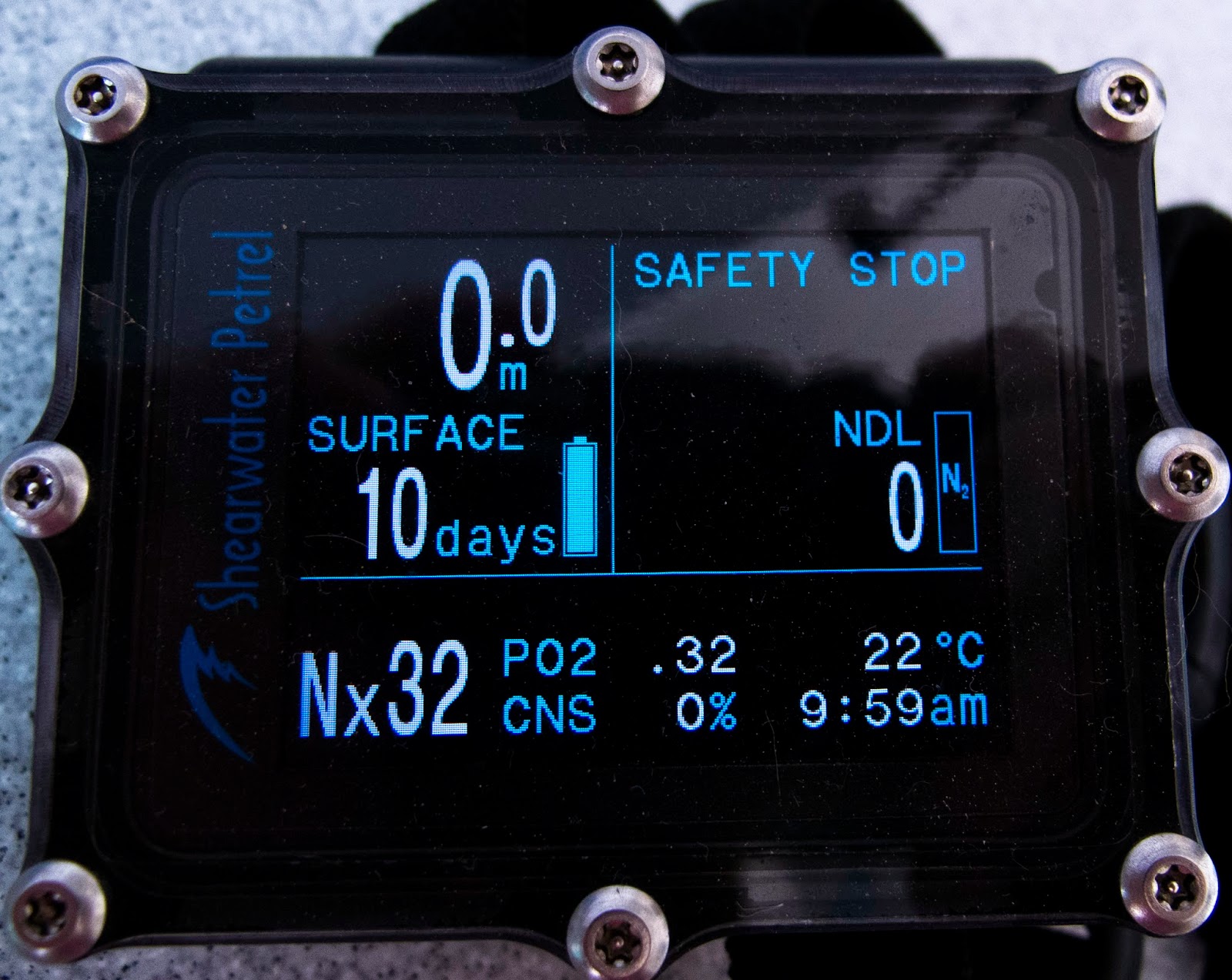SighYes. Did you?
Did you notice how it went from Haldane's half-pressure to "half depth" to table 4 where the stops are at 15m after max depth of 25m?
What is the relationship between Dr. Marroni's study and any of the tables presented on that page?
Did you notice this bit: "the missing link of this research is the unknown relationship between Doppler-detectable bubbles and neurological DCS. For the moment, it is our hope that by eliminating the 30 percent so-called silent bubbles in the heart, we will also be stopping their occurrence in the spinal cord too. More research is needed in this regard."
I also read a few computer manuals. Google was able to find me a page where someone claims PZ+ uses half depth for its "deep stop" -- it's on the Internet so it must be true. Didn't see any manual spelling out what their "deep stop feature" actually does.
Like I said, let the popcorn pop.
NAUI pragmatically set their "deep stop" at 1/2 the max depth.
The Marroni data are at the bottom of the page, do you want a link to the actual paper in UHMS?
Yeah cause it's unethical to actually bend divers intentionally. And a 1 in thousands natural hit rate is going to require far more dives to test differences in actual DCS rates than can be accomplished with Doppler testing as a surrogate.
Several people have said "no agency does recreational deep stops on a deep course" and that they are "antiquated" if they do. Neither are correct statements.






